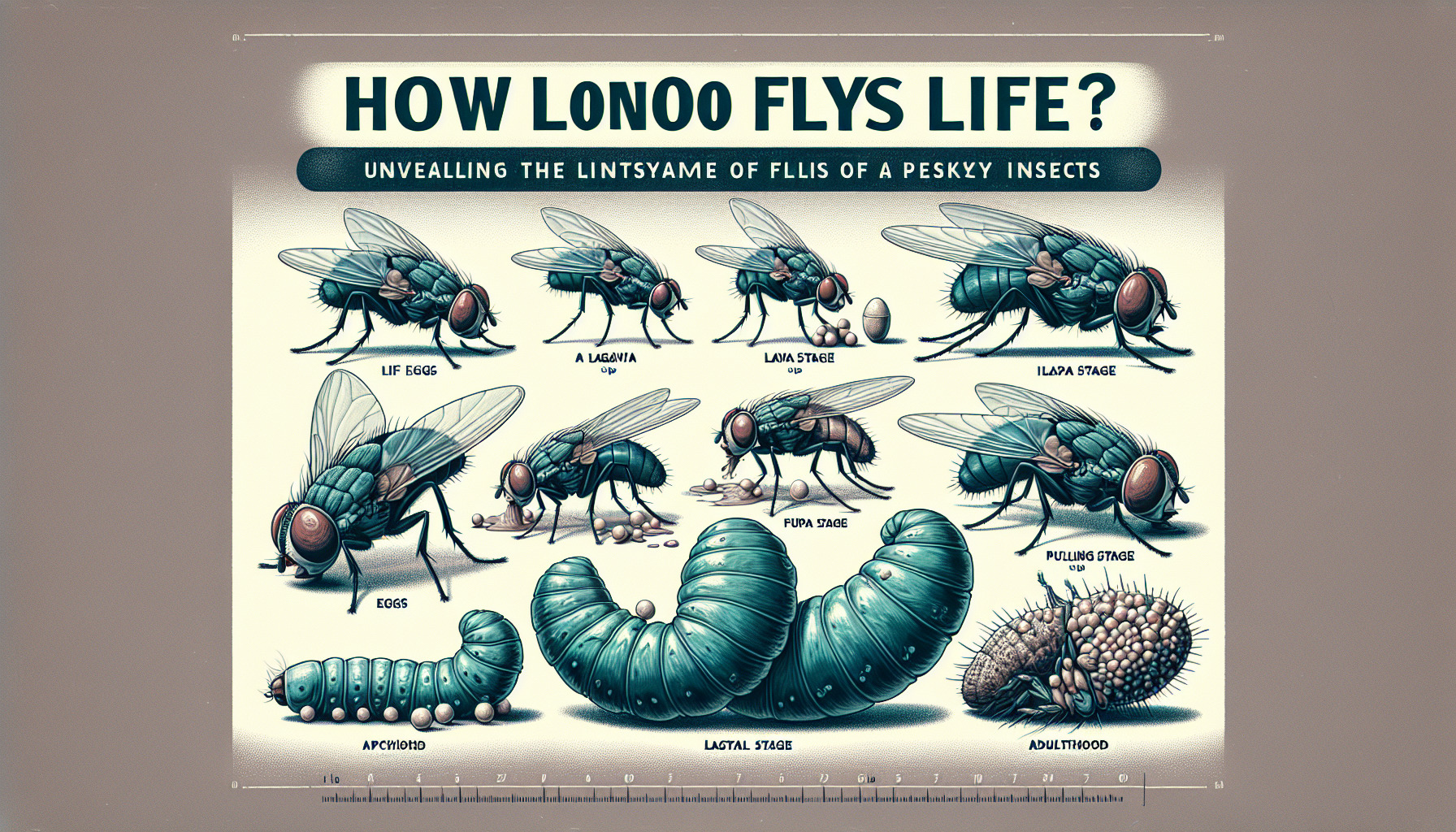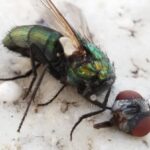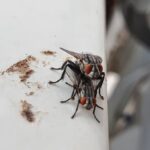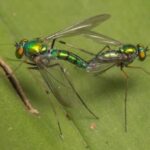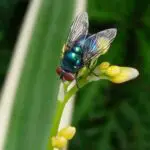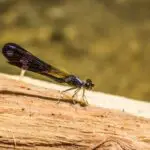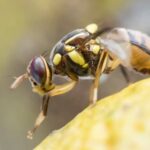How Long Do Flies Live? Unveiling the Lifespan of Pesky Insects
Introduction to Fly Lifespan
Have you ever swatted at a buzzing nuisance, wondering just how much time it has left to pester you? Flies, the uninvited guests at every summer picnic, have a lifespan that may surprise you. Contrary to the age-old myth that flies buzz around for just a single day, these aerial acrobats can actually see quite a few sunsets—if they play it smart, that is.
The lifespan of flies is influenced by a number of factors, from the type of fly to the available resources and environmental conditions. For instance, the common housefly—the one that’s probably eyeballing your sandwich right now—has an average lifespan of around 28 days, but that’s only under ideal conditions. Parasites, predators, and your trusty flyswatter can cut that short in the blink of an eye.
Understanding how long flies live isn’t just about satisfying curiosity; it’s crucial for managing infestations and preventing the spread of diseases they’re known to carry. Imagine having a backyard bash without these incessant invaders; knowing their lifecycle is the first step towards that tranquil dream.
Now picture this: It’s a warm day, and you’re at a barbecue savoring the sweet scent of grilled burgers. The next thing you know, a squadron of flies has homed in on your plate. As annoying as it is, this scenario is an example of how flies maximize their survival. By identifying food sources (your delicious burgers), they’re ensuring a place to lay their eggs, thereby securing the next generation’s survival. It’s nature’s way, albeit a pesky one for us.
By diving deep into the world of these infamous flyers, we begin to grasp their fleeting presence and its impact on our environment. So the next time a fly interrupts your day, remember it’s living on borrowed time—time that’s intricately tied to the ecosystem that we share.
Understanding Different Species of Flies
Have you ever swatted at a fly buzzing around your kitchen and wondered just how much time it had left in its tiny, determined life? Flies, common household invaders, aren’t just miniature acrobats with an affinity for leftovers; they’re also fascinating subjects when it comes to their lifespans. Different species of flies have life expectancies that can leave you surprised, or perhaps, with a newfound respect for their tenacity.
Take the ubiquitous housefly, known scientifically as Musca domestica. These persistent pests can often be seen performing aerial stunts around your home, but did you know they have an average lifespan of just 28 days? That’s right, from the moment they emerge from their pupal stage, these critters hustle through a month-long life of flying, eating, and of course, laying the groundwork for future generations.
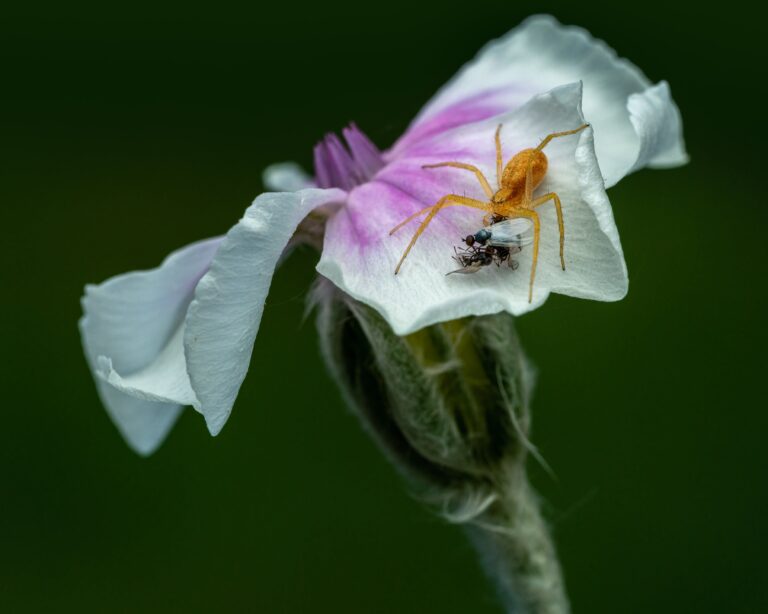
While houseflies clock out after about four weeks, their other winged counterparts might have slightly different timelines. The fruit fly, fondly or frustratingly known to scientists as Drosophila melanogaster, can often outlive the housefly by a slim margin, typically hovering around the 50-day mark. These pint-sized pilots love to hover around your overripe bananas and have a life cycle that’s been extensively studied in the world of genetics. That extra-long lifespan for a fly, in human terms, is like living to see a few generations come and go!
But not all flies enjoy such lengthy lives. The ephemeral mayfly, often mistaken for a delicate, flying lacework, barely gets a day in the sun—quite literally. Adult mayflies have a lifespan that can be as short as a few minutes to a couple of days, depending on the species. This is nature’s way of telling them to make the most of the moment, and they do, participating in one of nature’s grandest, if short-lived, dance parties before their time is up.
The variety of flies extends far beyond these common examples. Take a walk outside or a stroll through an entomologist’s blog and you might encounter horse flies, crane flies, or the ever-so-charming cluster flies, each with their distinct life expectancies and ecological niches. Interested in how these lifespans stack up against other insects? Check out our detailed insect lifespan comparison page for an engaging dive into the life and times of our six-legged neighbors.
Whether they live for a minute, a month, or the better part of a year, flies are an intrinsic part of the ecosystem. They might be pesky, but they also play critical roles in processes like decomposition and pollination. Next time you encounter a fly, before you reach for that swatter, consider its short yet impactful journey through life—one that’s as varied and as vibrant as the many species themselves.
The Life Cycle of a Common Housefly
Ever wondered about the genesis of those buzzing pests that seem to have a knack for gatecrashing picnics and kitchens alike? Well, let’s take a dive into the fascinating, albeit brief, existence of the common housefly. Prepare to be enlightened on the housefly’s whirlwind journey through life – from an egg to an adult in the blink of an eye!
It all starts when a mother housefly, quite the prolific character, lays batches of eggs in some of the least glamorous locations you can imagine—think decomposing organic matter, and yes, that includes the refuse in your garbage bin. These little ovals of future annoyance, known as eggs, are the size of a grain of sand and hatch into larvae within a day.
Larvae, or as you might call them, maggots, wriggle into action, feasting on bacteria-rich waste to fuel their rapid growth. It’s during this time that they molt several times, outgrowing their skin like it’s last season’s fashion. But don’t let their squirming fool you; these little composters are hard at work breaking down waste, a thankless job that, albeit gross, is ecologically significant.
After gorging themselves for days, the larvae fashion themselves a cozy pupa, a capsule where they’ll metamorphose into adulthood. This transformation phase is like an insect’s version of a makeover, and when the new-look adult housefly finally emerges, it’s ready to take on the world—well, at least for the next month or so.
The adult fly’s debut is met with a flurry of activity. Males buzz around to show off their flight skills, hoping to catch the eye of a female, while adult flies all seem preoccupied with the quest for the perfect pile of garbage to call home. Equipped with a sophisticated sensory system, they’re guided by odors that would repel the average human. Oh, and speaking of humans, have you ever witnessed the acrobatic flair of a housefly dodging your swatter? It’s all thanks to their compound eyes and lightning-fast reflexes!

If you’re keen on delving deeper into the ecosystem’s tiny recyclers and their surprisingly intricate world, why not buzz over to this fascinating article on housefly life stages? It’s a treasure trove of information on their overachieving reproductive skills and more!
Whether you regard them as nature’s little nuisance or not, it’s undeniable that these creatures have adapted to thrive in environments shaped by human activity. Remarkably resilient, houseflies are true survivors, albeit with a succinct life bookended by remarkable transformations.
What Factors Influence a Fly’s Lifespan?
Ever wonder why some flies seem to have the survival skills of a ninja, dodging every swat, while others are doomed from the start, as short-lived as a Snapchat story? Well, it turns out, there’s more to a fly’s fleeting existence than just chance. Let’s buzz into the environmental, genetic, and biological factors that can either cut their life short or let them live long enough to see another garbage day.
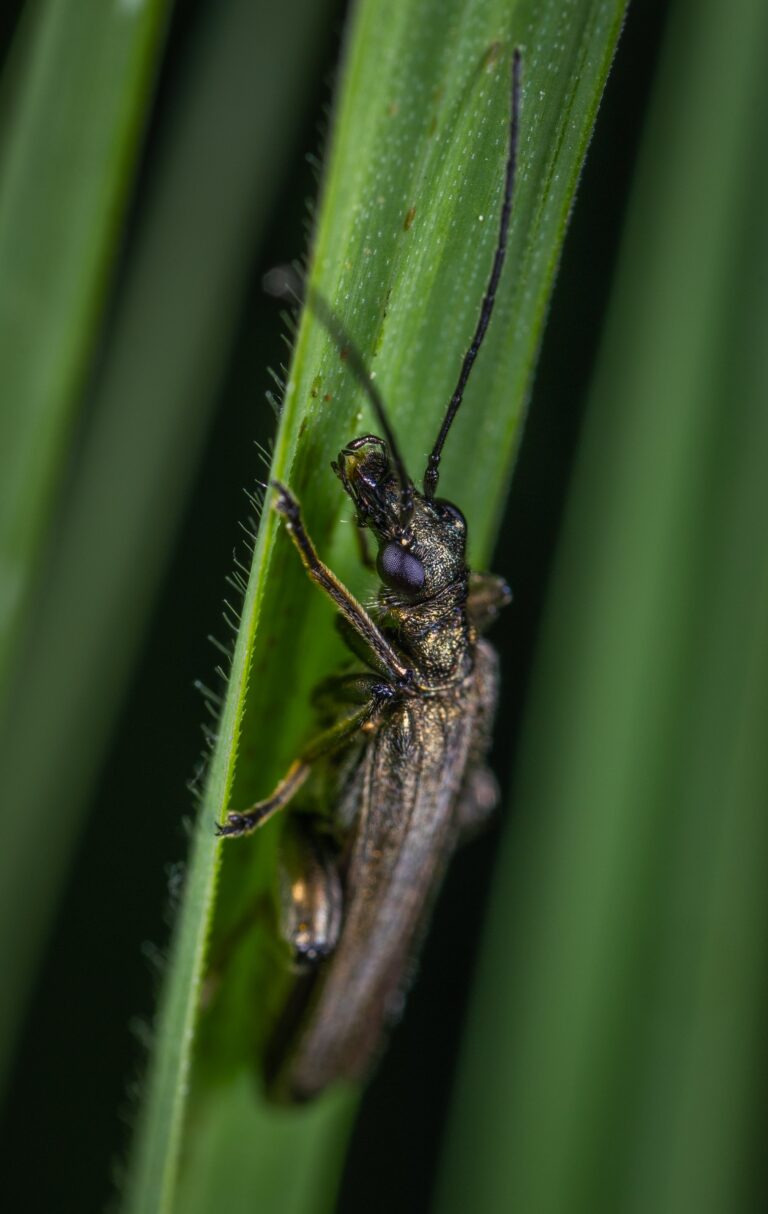
It’s Not Easy Being a Fly: The stage is set the moment these tiny winged creatures come into the world. Environmental elements such as temperature, humidity, and the availability of food sources are like the Game of Thrones for flies. Too hot or too cold, and their tiny bodies could succumb to the elements. Just right, and it’s a bug’s paradise. Ever noticed how flies run rampant during summer picnics? That’s because warm temperatures rev up their metabolism, turning them into buzzing buffet-goers at your outdoor spread.
Survival of the Fittest, Fly Edition: As if surviving Earth’s varying climates wasn’t enough, the genetic lottery also plays a significant role in determining a fly’s lifespan. Just like humans, flies can inherit traits that make them more fit to survive in the world. Some are born with Michael Phelps-like qualities — superior speed and evasion tactics. Others might have the immune systems of a fortress, able to withstand pathogens that would take down lesser flies. It’s a real-life fly version of ‘The Avengers’, with every genetic advantage making a difference in their survival saga.
From Eggs to Elders: The Biological Clock of a Fly
A fly’s life cycle is like an accelerated version of a soap opera — drama-packed and over before you know it. Biology dictates the speed at which they grow, mate, and ultimately, shuffle off this mortal coil. These critters are on a tight schedule, with some species like the common housefly buzzing from eggs to adults in just a week! And when it comes to procreation, they’re like the cast of a reality TV dating show — fast and furious. A short, reproductive window means they’re constantly in a race against time to ensure their genes make it to the next round.
In the end, for flies, it’s all about playing the hand they’re dealt by Mother Nature and Darwin alike. They live in a world where every day is a dice roll of genetic traits and environmental conditions. Next time you see a fly beating the odds or succumbing to the swatter, remember, it’s just living through the plot twists of its own epic survival story.
Comparing Lifespans: Housefly vs. Fruit Fly
Ever wondered how long those buzzing flies harassing your summer picnic actually live? It’s a battle of the buzzers, folks, and we’re diving into the ring to compare the lifespans of the common housefly and its smaller counterpart, the fruit fly. But don’t let their size fool you; when it comes to life expectancy, they are distinctly different species with quite fascinating life tales to tell.
Let’s start with the heavyweight (well, not literally) in this comparison – the housefly. Averaging about 28 days from egg to natural deathbed, these creatures didn’t get the memo about “living life to the fullest.” But, they sure do make the most of it! Houseflies spend their short lives buzzing from meal to meal, and they aren’t picky eaters. Picture this: eggs are laid in rotting organic matter, giving their offspring a head start in the survival Olympics. The larvae, known as maggots, fuel up and metamorphose into adults, ready to take on their fleeting days headfirst.
Now, let’s talk tiny but mighty, the fruit fly. With a lifespan stretching up to 50 days, these minuscule marvels almost double the game time of their larger pals. To form a picture, imagine a single overripe banana – a fruit fly’s tropical resort! They come in, lay their eggs, and their progeny thrive in your forgotten fruit bowl. From wriggling larvae to flying adults in just a week or so, fruit flies live a life defined by agility and adaptability.
But that’s not all. The real fun begins when we observe their day-to-day operations. Compared to houseflies, fruit flies are ecological gymnasts, affecting ecosystems both as pesky kitchen invaders and key research subjects due to their genetic similarities to humans. Otherwise invisible cross-pollination agents, these fast-breeding flyers continuously shuffle genes within plant populations, a critical role often overshadowed by their notorious image.
Distinguishing between these two fliers may sometimes be tough, but it’s essential for tackling infestations and understanding their impact on our environment. Plus, it’s a neat party fact that could score you some impressed looks! Statistics aside, observing these ephemeral critters up close can be an insightful peek into nature’s complexity and the remarkable ways different species maximize their blink-of-an-eye existences.
Curious about seeing the housefly in action? Check out this engrossing video below, showcasing the remarkable life cycle of the housefly from the egg stage through to adulthood.
While the housefly may seem to have a short stay on Earth, each fly’s life is a whirlwind adventure filled with adaptation, survival, and even a dose of evolutionary secrets. And though fruit flies may linger a bit longer, their equally adventurous lifespans highlight the diversity and resilience found in these tiny, buzzing inhabitants of our planet. So, next time you swat away these pesky insects, remember: there’s more to flies than meets the eye (or the swatter)!
The Importance of Understanding Fly Lifespan
Think about the last time you swatted at a persistent fly buzzing around your kitchen. Did you consider the intricate life ticking away within that tiny body? Not just something to shoo away, flies—regardless of their pesky nature—are bearing secrets of both nuisance and necessity. In this piece, we’re diving into why grasping the lifespan of these winged creatures is vital for more than just keeping our picnics peaceful.
Picture this: a world without the whine of flies. Hopeful as it may sound, it’s a scenario with serious ecological ramifications. Flies are more than just uninvited guests; they play a pivotal role in the circle of life, accelerating decomposition and recycling nutrients back into the earth. Knowing the duration of their lives helps scientists predict patterns in the environment and aids in the grand scheme of biodiversity maintenance.
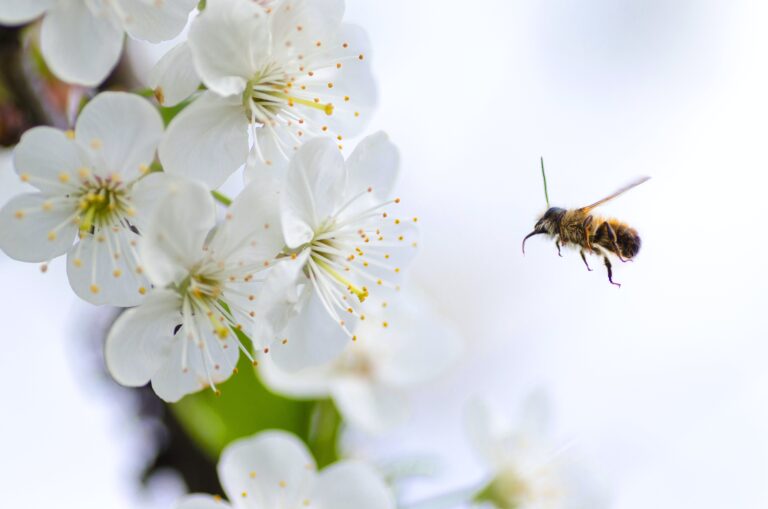
If you’ve ever faced a fly infestation, you’re aware of how quickly they can take over an area. Understanding their lifespan is like being handed the playbook of the enemy. Armed with this knowledge, you can devise timely strategies to intercept the life cycle of flies, thereby effectively managing the population. This goes a long way in not only saving your fruit bowl but also in preventing the spread of diseases that some flies carry.
In the battle against these aerial adversaries, every piece of information counts. Knowing that a housefly’s life is typically shorter than a month, yet it can lay up to 500 eggs in that time, gives us insight into their swift colonization capabilities. Imagine applying this knowledge to target the developmental stages of these insects – it could revolutionize pest control tactics, and spell relief for households and businesses alike.
So next time you encounter a fly, give a nod to the silent role it plays in our ecosystem and remember the strategic value of understanding its life clock. In our quest to coexist with nature, even the simplest creature like the fly has a lesson to teach us in the grand classroom of life. Who would’ve thought the irritating buzz could signal a symphony of ecological and practical significance?
Tips for Managing Fly Lifespans in Your Home
When it comes to managing the lifespan of pesky flies in your home, knowing is half the battle. Flies might have short lifespans, but they reproduce rapidly, making prevention and control critical to keeping your house fly-free. Let’s hatch some practical strategies to prevent fly infestations and keep those winged nuisances at bay. Remember, it’s not about outliving them—it’s about outsmarting them.
First off, cleanliness is your best defense. Flies are drawn to any kind of organic material that they consider a proverbial feast. So, your mission begins with eliminating their dining options. Make sure your trash bins are well-covered and take out the garbage regularly, preferably before those sneaky eggs have a chance to hatch into hungry larvae.
Maintaining screens on your windows and doors can serve as a simple yet effective barrier. Think of it as setting a no-fly zone in your home. Ensure that there are no tears or gaps where these uninvited guests could slip through. It’s akin to placing a bouncer at the entrance of an exclusive club, and trust us, flies are not on the guest list.
Next up, consider the power of natural repellents. Did you know that some plants, like basil and lavender, can naturally deter flies? Position these fragrant defenses strategically around your home for a pleasant aroma and a fly-free environment. It’s like having your own personal guard that smells like a serene garden.

Last but not least, if you’ve already got a fly situation, you’ll want to roll out the unwelcome mat swiftly. Flytraps and light zappers can be effective at reducing adult fly populations, while thorough cleaning can interrupt the breeding cycle. And for those who prefer a hands-off approach, professional pest control services may just do the trick. Check out this guide on home fly prevention for more in-depth tactics and tricks.
By taking these proactive steps, you can make your home a fortress against flies. It’s all about being diligent and keeping your eyes to the skies—or rather, your kitchen counters, trash cans, and any other potential breeding grounds. With these tips, you’ll be well on your way to enjoying life without the buzz-kills scurrying about your abode.
Fly Lifespan Myths Debunked
When it comes to the minuscule marvels that are flies, there’s a trove of tall tales and misconceptions about just how long these insects buzz around our planet. It’s time to clear the air and set the record straight with some real-world facts about these winged wanderers.
One widespread myth you might have heard is that flies live for just 24 hours. However, this is not the full story. Think about it—if that were the case, how would they have enough time to become the notorious nuisances we know and (don’t) love? A fly’s life is admittedly short, but not that fleeting!
Let’s put this into perspective with a day in the life of a fly. Imagine a sunny Sunday spent at a picnic, with a fly zipping from sandwich to fruit salad. That fly has likely been on the move for more than just this afternoon; it’s probably been buzzing around for several days. And if it’s a crafty one, avoiding swatters and sticky traps, it might continue to crash picnics for a week or more!
Another fanciful fib is that flies have an incredibly rapid life cycle that allows them to reproduce in mere hours. While their life cycle is quite speedy by human standards, they don’t go from wriggling larvae to reproducing adults in the time it takes to watch a single episode of your favorite TV show. It takes several days for these insects to mature and get ready to add more buzzing babies to their brood.
Lastly, some folks will have you believe that flies are nearly indestructible. Sure, they’re tough little critters that can survive a range of environments, but they’re not invincible. Just like any other living creature, they have their weaknesses and can succumb to harsh conditions, lack of food, or an expertly executed swat.

Now that we’ve swatted away these misconceptions, it’s easier to appreciate the fascinating life cycle of these ubiquitous insects. Flies might be pesky, but they play a crucial role in our ecosystem, and understanding their true lifespan gives us insight into their importance in nature’s complex tapestry.
